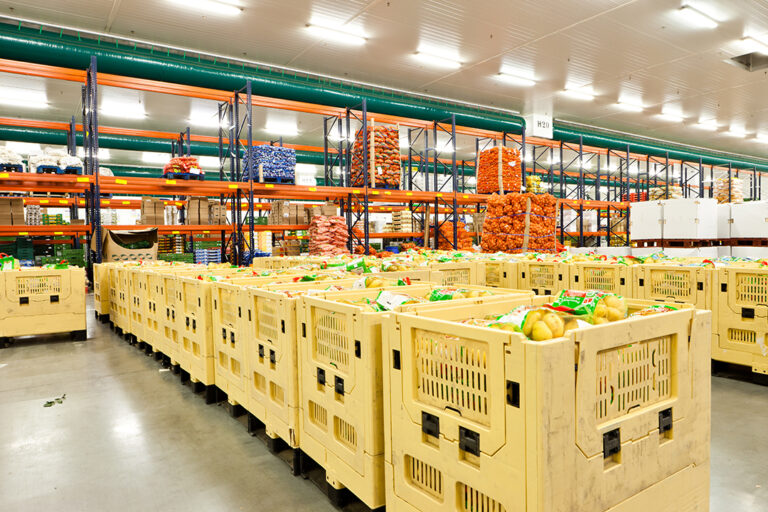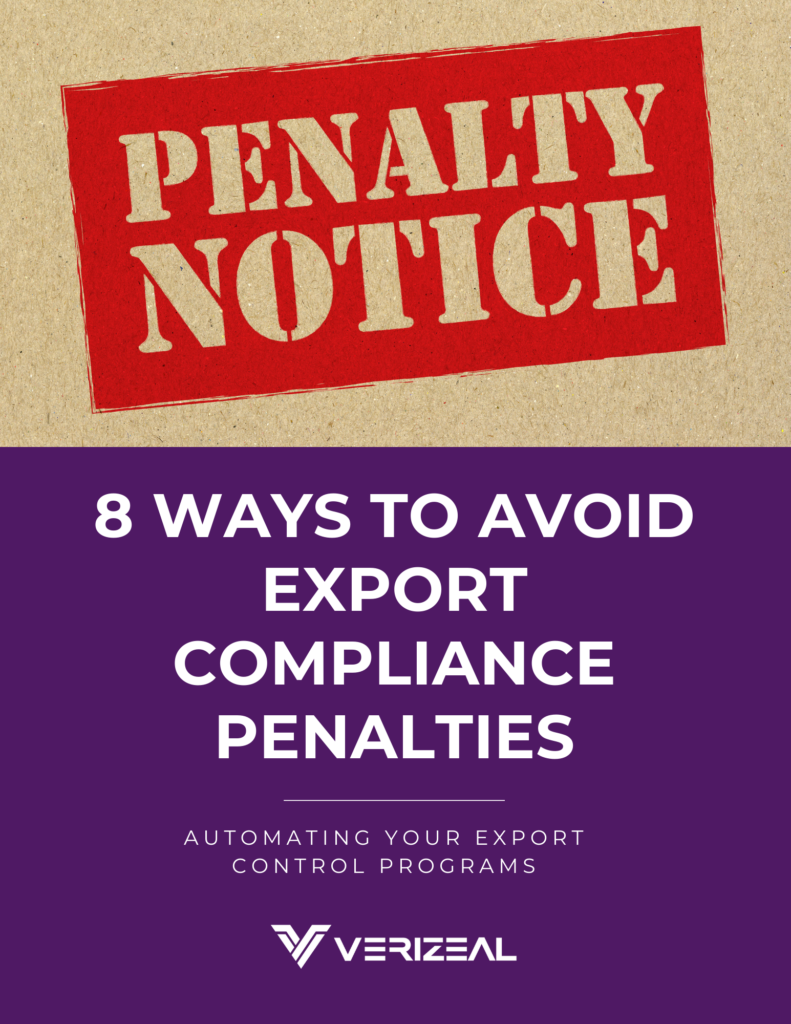Due to rising demand for food, medical, and pharmaceutical products to be delivered quickly and correctly, cold chain logistics has become quite a complex process. Consumers have increased their desire for fresh food and a preference for fresh as opposed to frozen. In the medical industry, medications that are now more complex formulations have driven the increase for cold chain logistics. These have made investments in the correct transportation of these types of goods necessary.
Why is Cold Chain Logistics Necessary?
Cold chain is the specialized storage and transport of temperature-sensitive goods. It relies on equipment, technologies, and procedures to maintain temperature and regulate the shipping environment. The reasons that cold chain logistics management is needed are as follows:
Product Quality: There is a high risk of spoilage and waste with temperature-sensitive products, which increases the chance for loss and reduces margins. The correct temperature levels in warehouses and transportation vehicles does extend the shelf life of perishable goods and does not affect the efficacy of certain medical substances, like vaccines.
Compliance: Supply chains are subject to regulations, which means that real-time visibility in necessary in order to meet compliance. Certain products that are temperature-sensitive have their own regulations that must be met. Transparency into operations help to adhere to quality assurance for food, medication, and chemicals.
Public Health: Without temperature control, the quality and safety of products—particularly food items—are compromised with impacts consumer and patient health.
Improving Cold Chain Logistics Management
The following tips will help to improve cold chain logistics management practices:
- Shipment Requirements
Before an item can be shipped, its temperature range and packing requirements must be reviewed. Most cold chain shipping equipment maintains temperature at an already pre-designated level. It does not bring the shipment to the temperature that is needed so cooling systems must be used. Special equipment such as reefers need to be cooled in advance and cleaned thoroughly to avoid contamination. A single error could cause an entire shipment to be spoiled or unusable.
- Choose the Correct Temperature
Cold chain offers temperatures that range from cryogenic to chilled. Every product requires a different temperature standard. The outside temperature during the journey as well as any weather changes need to be part of the equation. A reefer that has its own power supply can handle changes in conditions. Certain items, like produce, need to be shipped with atmospheric control such as polyethylene gags, which prevent it from ripening. Meat that has been frozen has a lower quality, but if it has been vacuum sealed and boxed and loaded into a chilled environment, its quality is maintained. All equipment and facilities should be able to properly handle the nuances of the cold chain item.
- Choose the Right Packaging
Packaging is vital for maintaining the integrity of a temperature-sensitive product. There are two types of packaging that can be used for temperature-sensitive items. Active packaging requires an energy source and thermostatic control and monitoring controls like GPS. Passive packaging is a more traditional way of cooling a shipment through the use of ice, cooling packs, water blankets, or dry ice to keep the product at the correct temperature.
- Utilize Technology
To avoid spoilage, it is necessary to ensure that food items are maintained at the correct temperature en route to their final destination. Technology can use the power of GPS, IoT, and telematics to monitor temperature, change humidity levels and lower the risk of damage to the shipment. It can send alert notifications about situations such power outages, breakdowns and open doors before the shipment gets affected. Real-time visibility helps track products as well as how long it takes to respond to alerts of the temperature monitoring system.
- Supply Chain Partnerships
Cold chain logistics management cannot be effective without coordination with supply chain partners. Supply chain partners can help devise a strategy for cutting down on product damage and spoilage by keeping warehouses and transportation vehicles at the optimal temperatures. Technology can help to track the temperature of the products in real time throughout the transportation process so that your business and partners can manage any issues as they occur.
Cold Chain Logistics Solutions with Verizeal
As global markets expand for food and pharmaceutical products, distribution and shipping processes will become more complex. Comprehensive systems and processes are necessary to maintain the integrity of temperature-sensitive products. The technological advancements that Verizeal offers help to enhance the capability of companies so they can maximize their cold chain logistics solutions. Verizeal offers solutions backed by blockchain to ensure the transparency and traceability by recording an immutable leger throughout the product’s journey.



